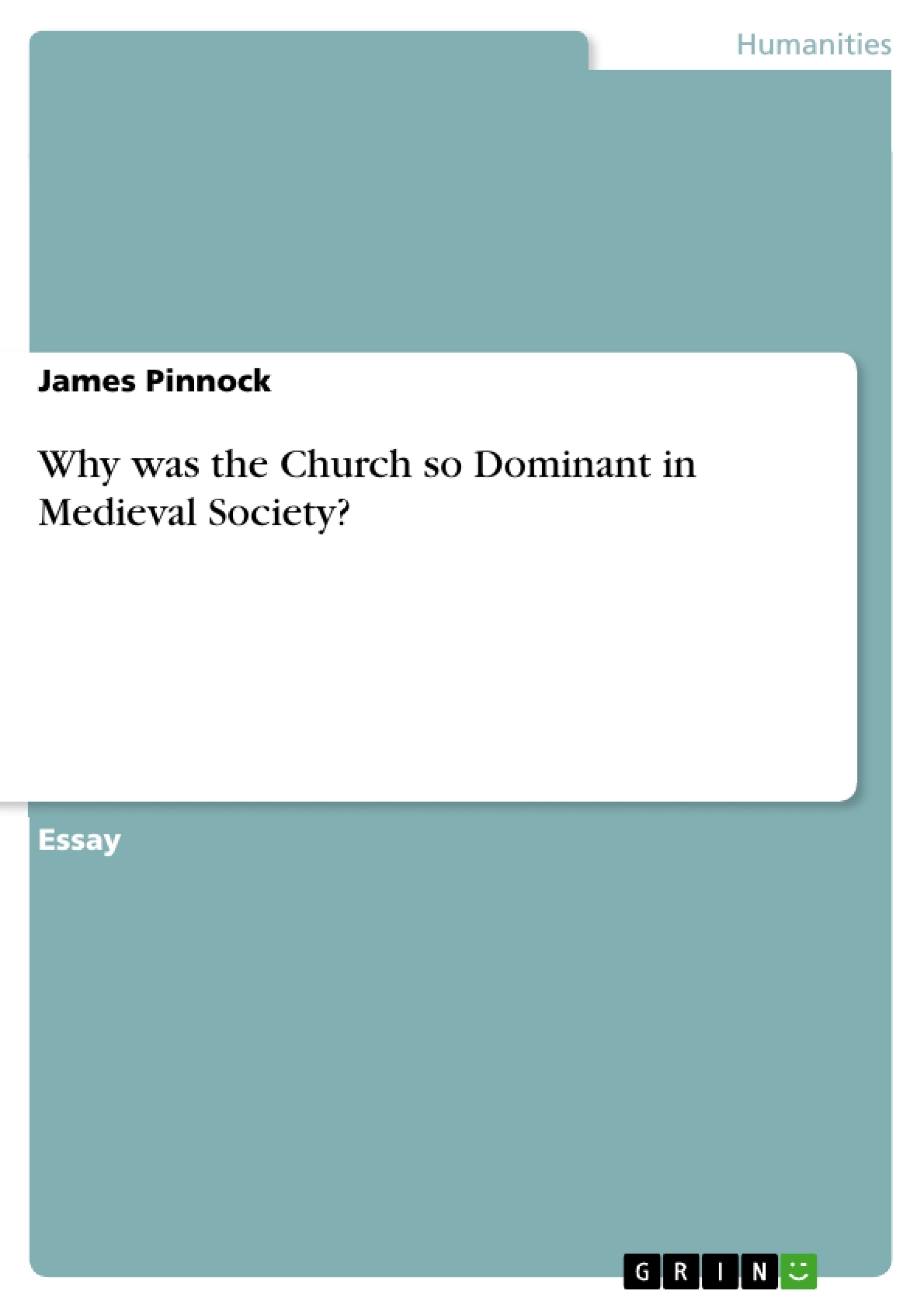A critical starting point for any historical scrutiny of the medieval church must begin with Colin Morris, whose foundational work argues that the years 1050 to 1250 witnessed “the supreme age of papal monarchy”. Morris stands within a long historiographical tradition of medievalists who have argued for this prevailing perspective of the church in the medieval epoch as defined by its primacy, universality and supremacy over an ostensibly lay society. Underpinning this conception of the church is the novel and extensive reform movement that began during the pontificate of Gregory VII (1073-85), which articulated and firmly established the concept of a ‘hierarchical church’.
This notion of the ecclesiastical hierarchy, elucidated by both contemporary writers and modern historians, arguably dominates our perspective of the medieval religious landscape, and part of the historian’s task is therefore to reach a judgement as to what we understand by the ecclesia and societas in this period.
Arguably, our period is characterised by a divergence between ecclesiastical rhetoric and popular culture, most evident in the historical tradition which attributes to our period the birth of popular heresy in various forms. The rise of heresy, and the ‘choice’ inherent in its initial and continuing prevalence within medieval society, stands in clear contradistinction to the concepts of ecclesiastical hierarchy and papal authority advocated by the medieval church. Indeed, whilst historians have recognised, and in many cases extolled, the conceptual legacy bequeathed by the Gregorian reform movement upon the ascendant medieval church, they have arguably overlooked, most pertinently in the case of heresy, the realities of “the universal episcopacy claimed by the pope”.
Table of Contents
- WHY DID THE CHURCH SO DOMINATE MEDIEVAL SOCIETY?
- The Gregorian Reform Movement and the Birth of a 'Hierarchical Church'
- The Dictatus Papae
- The Legacy of the Gregorian Reform Movement: Autonomy and the Rise of Dissent
- The Rise of Popular Heresy
Objectives and Key Themes
This text examines the influence of the medieval church on medieval society. It delves into the Gregorian reform movement, specifically the significance of the Dictatus Papae, and explores its impact on the concept of papal authority and the universality of the Roman Church. The text also investigates the rise of popular heresy in the twelfth century, examining the implications of the Gregorian reform programme on clerical and lay relationships.
- The Gregorian Reform Movement
- The Dictatus Papae and the Concept of Papal Authority
- The Universality of the Roman Church
- The Rise of Popular Heresy in the Twelfth Century
- The Divergence Between Clerical and Lay Elements of Medieval Society
Chapter Summaries
The first section of the text analyzes the Gregorian reform movement and its impact on the understanding of the medieval church. It examines the concept of a "hierarchical church" as defined by the movement's key figures, particularly Gregory VII, and the significance of the Dictatus Papae in establishing the papacy's authority. The second section explores the legacy of the Gregorian reform, highlighting its impact on the relationship between clerical and lay society, and the rise of popular heresy. It examines instances of heretical groups and their resistance to the hierarchical church, as well as the implications of this resistance on the concept of orthodox spiritual leadership.
Keywords
The primary terms and concepts explored in this text include the Gregorian reform movement, the Dictatus Papae, papal authority, the Roman Church, the universality of the church, popular heresy, clerical and lay society, and orthodox spiritual leadership.
- Quote paper
- James Pinnock (Author), 2012, Why was the Church so Dominant in Medieval Society?, Munich, GRIN Verlag, https://www.grin.com/document/413470




